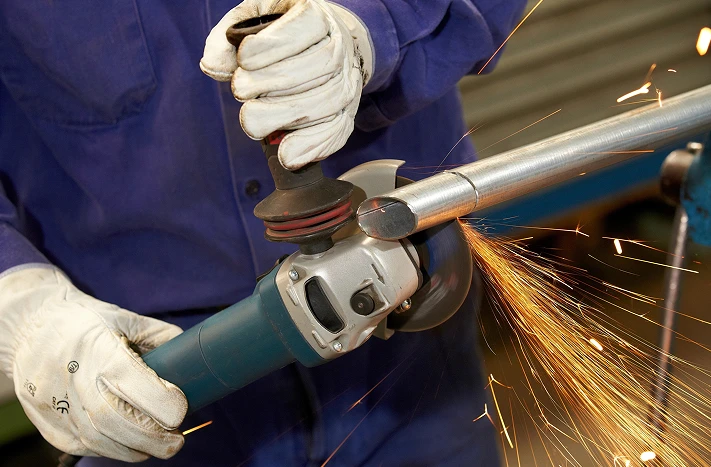Metal Sanding Discs for Wood Bridging the Gap
In the realm of woodworking, the tools we choose can significantly affect not just the quality of our projects but also the efficiency with which we work. Among these tools, sanding discs are essential for achieving a smooth finish. While standard wood sanding discs are specifically designed for woodworking applications, there has been an interesting trend emerging among woodworkers the use of metal sanding discs. This might seem counterintuitive at first, but there are several reasons why metal sanding discs can be beneficial for certain woodworking tasks.
Understanding Sanding Discs
Sanding discs come in various materials to tackle different surfaces and processes. Typically, sanding discs designed for wood are made from materials like aluminum oxide or garnet, which are effective for smoothing soft and hardwoods. However, sanding discs made for metal, often composed of ceramic or zirconia, are designed for a different kind of grit and durability. These metal discs are renowned for their toughness and precision on metal surfaces, but they can also offer unique advantages when used in woodworking.
Efficiency and Durability
One of the primary advantages of using metal sanding discs for wood is their exceptional durability. Metal sanding discs are constructed to withstand heavy wear and tear, making them ideal for projects that require extensive sanding. When woodworkers employ these discs, especially on tougher hardwoods or for large surface areas, they often find that the lifespan of these discs significantly outlasts traditional wood sanding counterparts. This extended lifespan translates to less frequent disc changes, saving both time and money in the long run.
Additionally, due to the aggressive grit composition found in metal sanding discs, woodworkers can achieve a more rapid material removal rate. This quality proves beneficial when shaping wood or when dealing with rough surfaces that require extensive smoothing. For example, if you're working on reclaimed wood that retains splinters and rough edges, employing a metal sanding disc can hasten the process of achieving a smooth finish.
metal sanding discs for wood

Versatility in Wood Projects
Metal sanding discs also bring versatility to the workshop. They can be used not only for sanding rough wood but also for blending surfaces, smoothing joints, and even preparing wood for staining or finishing. The coarse nature of these discs allows woodworkers to flatten surfaces efficiently and make consistent, even smoothing. This is particularly useful when working with different types of wood or in situations where transition areas need to be seamless.
Moreover, metal sanding discs can be useful in creative woodworking projects. When artisans want to achieve a distressed or vintage look, they can use metal sanding discs strategically to selectively wear the wood, creating character while maintaining control over the process. This creative usage is often overlooked but highlights how metal sanding discs can bridge gaps in what tools can traditionally achieve in woodworking.
Application and Caution
While metal sanding discs provide various benefits, it is vital for woodworkers to understand their application properly. Due to their aggressive nature, these discs should be used with caution, especially on softer woods, as they can easily cause damage if not handled correctly. To minimize the risk of gouging or damaging the wood, it is advisable to start with lower speeds and gently apply pressure, allowing the disc to do the work rather than forcing it.
Conclusion
In summary, the trend of utilizing metal sanding discs in woodworking is a testament to the evolving nature of tools and techniques within the craft. By leveraging the durability and efficiency of metal sanding discs, woodworkers can achieve superior results while increasing their productivity. This approach not only enhances the quality of woodworking projects but also encourages artisans to think outside the box in their tool selection. As the boundaries between different industries continue to blur, innovations such as these prove that sometimes, using the right tool for the job might not be what you initially expect. Ultimately, the successful blend of metal sanding capabilities into wooden projects illustrates the creativity and adaptability essential to mastering the art of woodworking.
Post time:Dec - 05 - 2024

















